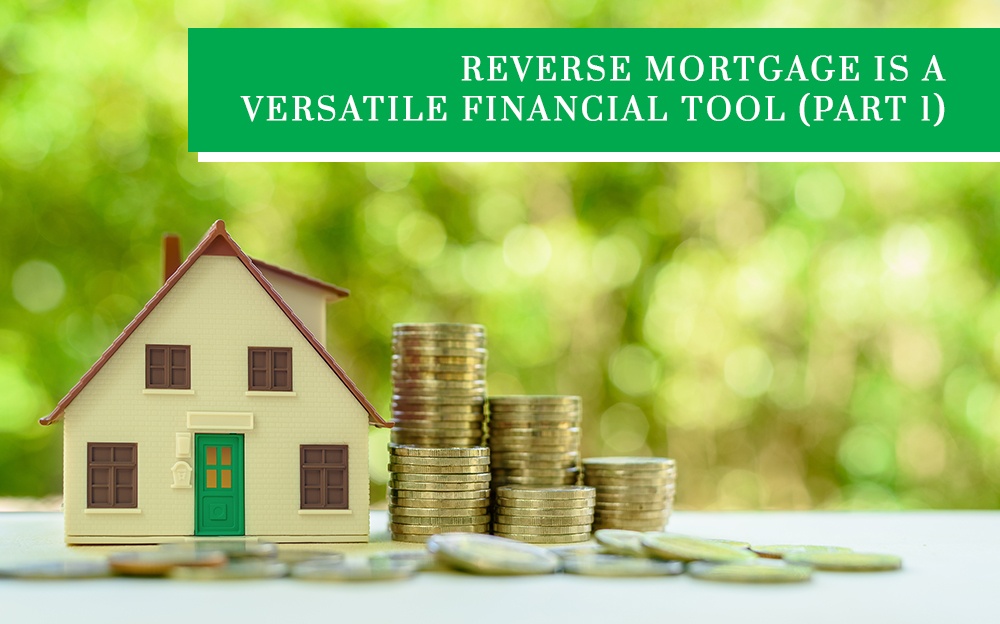Reverse mortgage is a versatile financial tool (Part 1)

With so many ‘Baby Boomers’ reaching retirement age (and beyond), there’s no shortage of advertising for reverse mortgages. It’s a popular financial tool for some retirees, in particular, those who have become ‘house rich and cash poor’ due to rising health care costs and living expenses, alongside incomes that remain relatively fixed.
Factor in longer life expectancies and many are wondering how they’ll make ends meet during a time they should be enjoying the fruits of their working careers.
Enter the reverse mortgage.
You’ve probably seen and heard plenty about these on TV and radio, and may have already decided whether or not this might work for mom and dad – or perhaps yourself. Keep in mind, however, that many ads reflect the US market, and either way, this product is too complex to be fully explained in a 30-second spot.
Like any financial instrument, there are pros and cons to the reverse mortgage, not to mention alternatives. But before we dive deeply into how these work in Canada – and how you are protected – let’s clear up a few myths.
Some people believe that a reverse mortgage is fundamentally different from other mortgages, and as a result, the bank owns your home, or has control over when you sell. In reality, this tool is simply a mortgage that gets registered on your property like any other mortgage. The key difference is that no mortgage payments are required, and it is easier to qualify.
Can the bank foreclose, or force the owner to sell?
A reverse mortgage is a lifetime product. As long as property taxes and home insurance are in good standing, the property remains in good condition, and the homeowner is living there, the loan won’t be called – even if the home decreases in value.
Reverse mortgages provide peace-of-mind, as the homeowner can stay as long as they choose.
Will I end up owing more than the house is worth?
The institutions that provide reverse mortgages employ conservative lending practices that allow a maximum of 55% of the home’s appraised value. The percentage approved is based on age of the owners, location and type of property.
Bottom line: 99 percent of clients still have equity left in their homes at the time of sale. And in the unlikely event that all the equity has been used, you are guaranteed to owe no more than the value of the home at the time of sale.
Another concern is high rates. These, however, are only modestly higher than a regular mortgage as there are no required payments, and the bank has no idea when it will be repaid.
Will an existing mortgage disqualify you from getting a reverse mortgage?
We can evaluate how much you qualify for, and if it’s enough, we can replace the existing mortgage with the proceeds of the reverse mortgage. This can improve your cash flow, as you are not required to make payments on the new reverse mortgage.
There’s still more to explore with this versatile financial tool – and we will look at some additional implications and options in Part 2 of this series. In the meantime, if you would like more details on reverse mortgages, contact Richard Mewhinney at richardm@homeguardfunding.com. He can assess your situation and prepare financial projections based on your individual circumstances and needs.
Richard Mewhinney is a Mortgage Broker with Homeguard Funding Ltd. and is a Certified Reverse Mortgage Specialist.
This post is intended for information purposes only. Each individual circumstance is different, and if you are interested in specific details for your situation, please contact a Reverse Mortgage Specialist
Click here for more info on Chip Reverse Mortgage